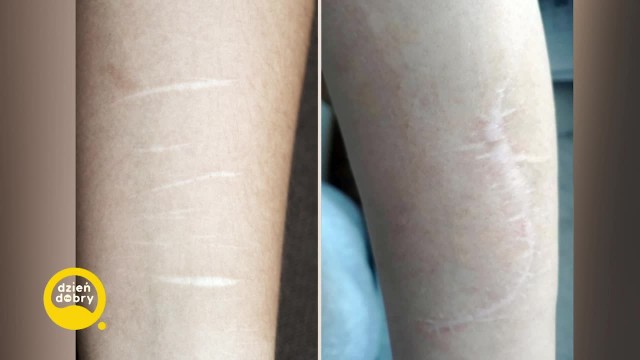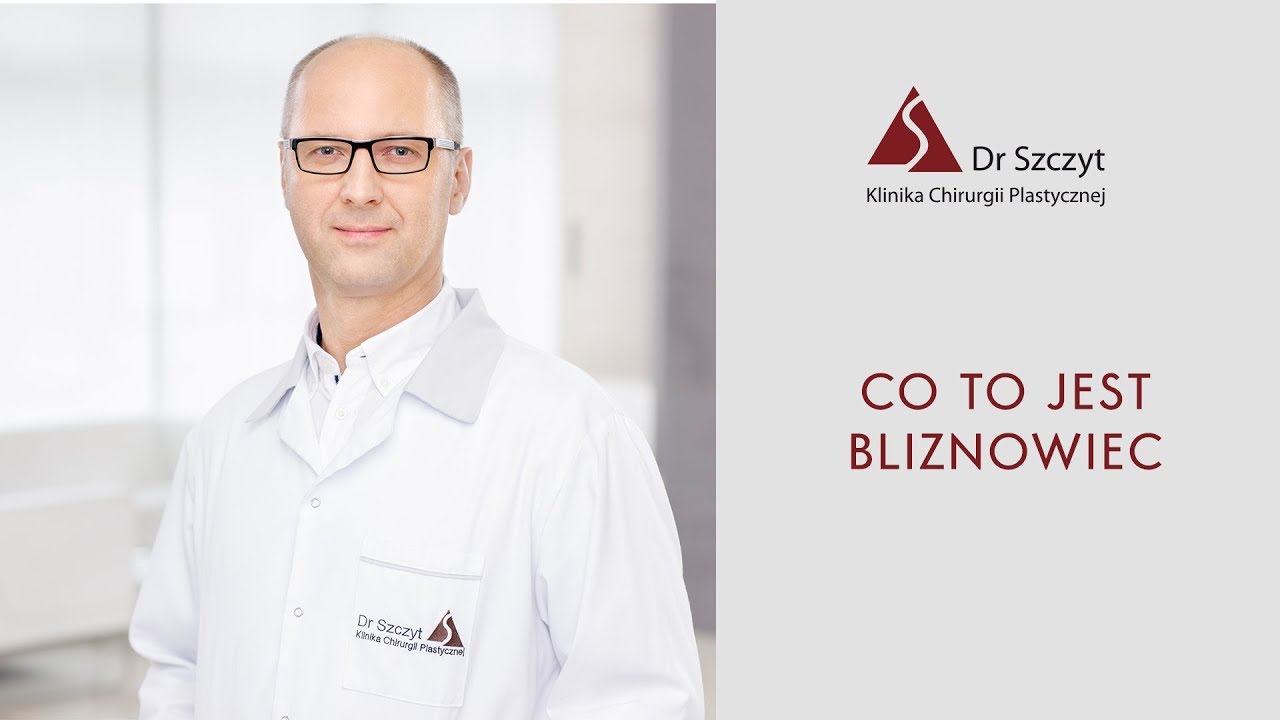How to improve the appearance of a cesarean section scar?

A cesarean section is a special moment in a woman's life, but at the same time a procedure that leaves a permanent mark on the body. For many ladies, the scar in the lower abdominal area becomes a cause of discomfort, both physically and aesthetically. Are there effective methods to improve its appearance? What aesthetic medicine treatments can help and how to take care of your body after a cesarean section.
How to take care of a C-section scar right after delivery?
Proper care of a cesarean section scar accelerates healing and reduces the risk of complications. You should regularly wash the wound with gray soap and water, avoid tight clothing and wear comfortable underwear. Physiotherapy is also of great importance. Proper breathing exercises, correct posture and gentle massage of the scar will accelerate tissue regeneration.
It is important to remember that the postpartum scar should be observed regularly, especially its appearance, and report to the doctor if there are any worrisome symptoms, including redness, swelling, pain or fever.
How is a scar formed after a cesarean section?
When the skin is damaged, the body triggers the healing process. This process results in the formation of scar tissue - connective tissue that replaces damaged skin cells. The scar consists mainly of collagen fibers and is designed to protect the site of injury. Compared to healthy skin , scar tissue is thinner, less elastic and devoid of hair, sweat and sebaceous glands. Its surface is smooth and its color is different from the surrounding skin. The wound site is more sensitive to the sun and less resistant to trauma.
A cesarean section scar is also the result of the natural healing process of the skin after surgery. Right after the surgery, it is red, swollen and painful. Over time, it turns pink and then fades. It is usually about 10-15 cm in size and is placed horizontally, just above the pubic conjunctiva. Its shape and size may vary depending on the individual characteristics of the body and the course of the procedure. After complete healing, the scar should be flat, thin and bright.
Depending on the body's individual predisposition, scars on the body are more or less visible. The appearance is influenced by genetic predisposition, skin type, individual susceptibility to excessive scarring, and how the surgical wound is cared for, among other factors.
Distinctions:
- Flat scars - are at skin level, but may be darker or lighter than the surrounding tissue,
- Convex scars - they protrude above the surface of the skin and can be red or dark,
- Atrophic scars - are concave and may be the result of improper wound healing.
How to take care of a scar after a cesarean section?
It is very important to regularly moisturize the skin around the scar with preparations that contain ingredients that accelerate regeneration, including hyaluronic acid. You should also protect the wound area from the sun by using creams with a high UV filter. Massage will help break up adhesions and improve skin elasticity - gentle pressure and circular movements stimulate microcirculation in the scar area, which accelerates tissue regeneration and contributes to reducing its visibility.
What treatments reduce the visibility of a C-section scar?
Laser therapy
One of the most effective methods of scar reduction is laser therapy. The treatment involves irradiating the scar with a precisely selected laser beam, which stimulates regenerative processes.
The laser works on several levels - it stimulates the production of new collagen, breaks down misaligned scar fibers and reduces redness and discoloration. This makes the scar less visible and more elastic. Laser therapy is a minimally invasive procedure, and the effects are visible after just a few sessions.
Mesotherapy
It involves the introduction of active substances into the skin, including hyaluronic acid, amino acids, vitamins and mineral salts. Their task is to stimulate fibroblasts to produce new collagen fibers and elastin, which improves the elasticity and density of the skin at the site of the scar. Hyaluronic acid additionally deeply moisturizes, improving skin firmness and elasticity.
Mesotherapy reduces the visibility of the scar, which becomes less convex, brighter and more elastic, and the skin is more hydrated. The number of treatments and frequency depend on the individual patient's needs and the type and severity of the scar. A series of 4-6 treatments every 2-4 weeks is usually recommended.
Carboxytherapy
Carboxytherapy can help reduce the scar after a cesarean section. This is a safe and minimally invasive medical procedure that involves injecting carbon dioxide under the skin using a special needle. The patient may feel a slight pinching or stinging sensation. Carbon dioxide dilates blood vessels, which increases blood flow in the scar area. This in turn stimulates regenerative and nutritional processes in the skin.
Effects of carboxytherapy on the scar after cesarean section:
- Reduce the visibility of the scar - the scar becomes less convex, brighter and more elastic,
- improving skin tone,
- Increase hydration - carbon dioxide improves skin hydration, making the scar softer.
C-section scar reduction is a process that requires a personalized approach. At our clinic, we offer solutions that combine the latest advances in aesthetic medicine with the experience of specialists, so we are able to choose the optimal treatment plan.
FAQ
How long does it take for a C-section scar to heal?
The healing time for a cesarean section scar ranges from a few weeks to several months, depending on the body's individual predisposition.
Can a cesarean section scar be completely removed?
A cesarean section scar cannot be completely removed. It is a natural wound healing process, and removing it completely would mean removing healthy tissue as well. However, thanks to modern aesthetic medicine procedures, its appearance can be significantly improved.
What are the most effective methods for a C-section scar?
The most effective methods of improving the appearance of a cesarean section scar are laser therapy, mesotherapy and carboxytherapy. The choice depends on the individual characteristics of the scar (including its age, size and depth).
Are treatments to reduce the visibility of a cesarean section scar painful?
Most of the procedures are minimally invasive and use local anesthesia, which reduces patient discomfort.















